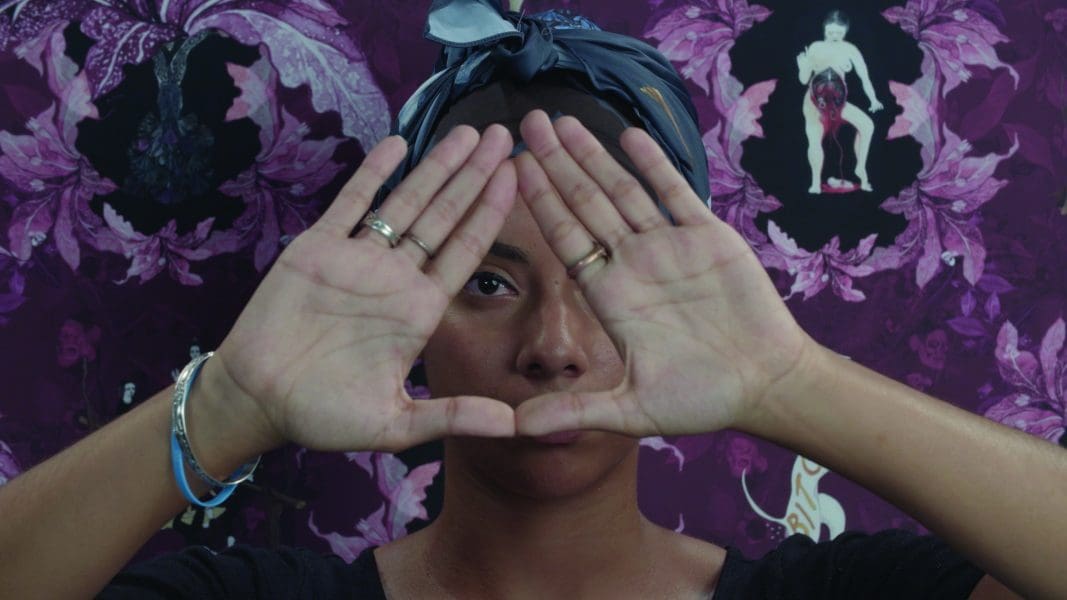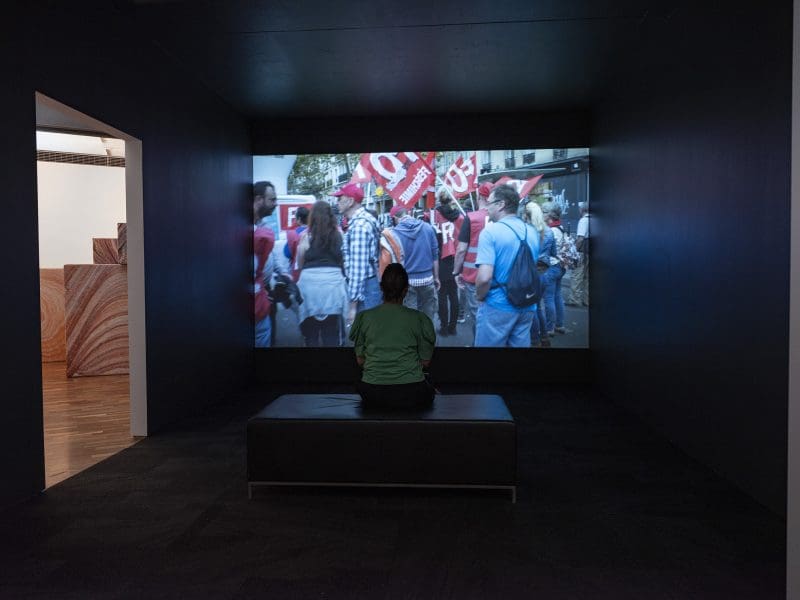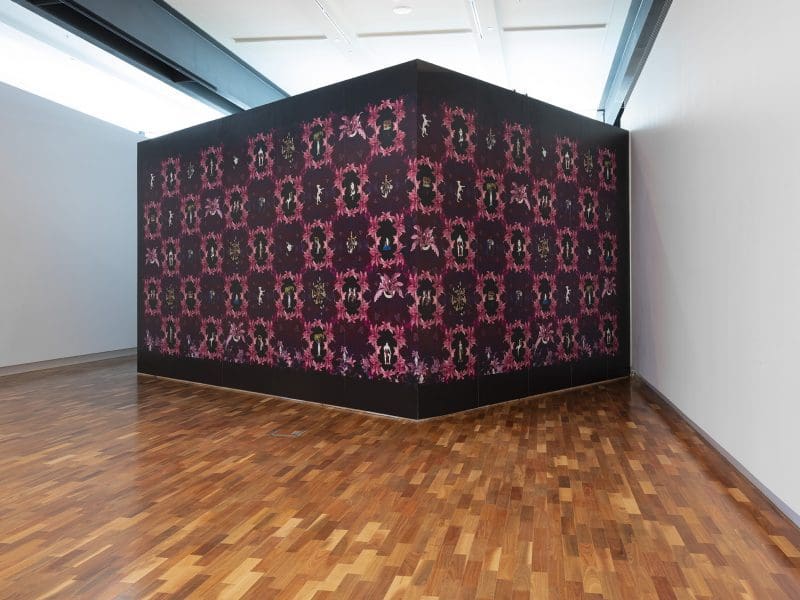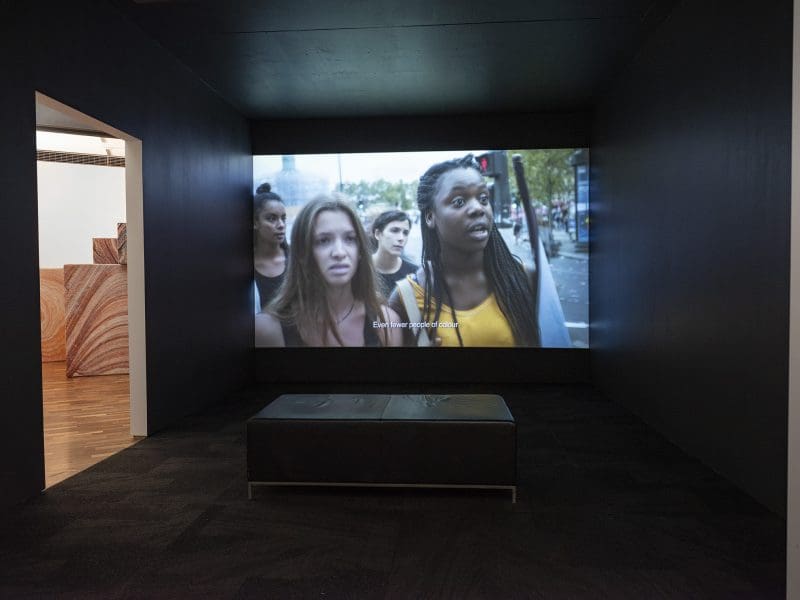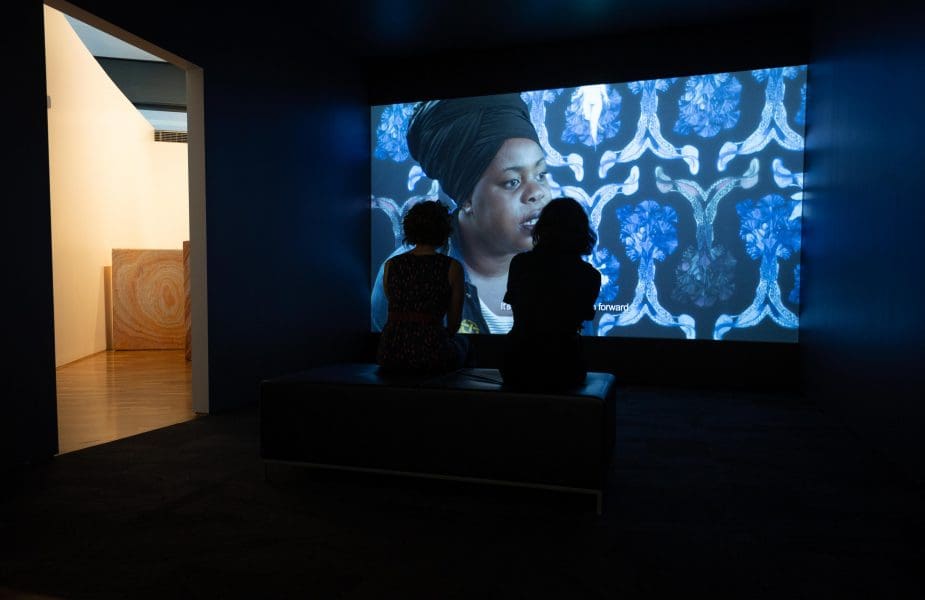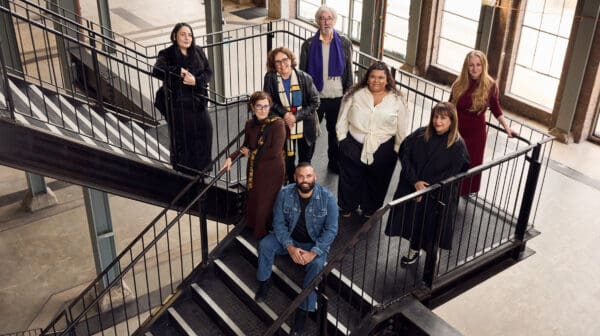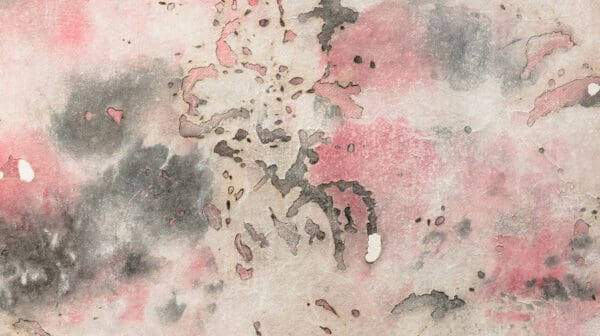A novel written in 1402 by proto-feminist Christine de Pizan, and a song by a bunch of middle-aged white-male rockers titled Kiss the Devil, may seem like strange bedfellows. But they come together in the film installation The City of Ladies by Zanny Begg and Elise McLeod. The duo also weave together the past and the present in a story that, thanks to an ingenious algorithm, has 300,000 possible iterations.
The City of Ladies takes its name from de Pizan’s book which, written just as the witch trials were gaining momentum in medieval France, dared to imagine what the world might look like if women had equal access to education and positions of power. “We were very interested in the impact of the witch trials on the world we live in now,” Begg explains. “The key theme of Pizan’s book was misogyny, which sadly remains a key issue today.”
The city of Paris, its still-vigorous revolutionary spirit and its current affairs, also shaped The City of Ladies. Begg and McLeod both found themselves there in 2016.
The seven French women who speak in their film are self-described feminists and activists from Nuit Debout, a ‘reclaim the night’ protest movement that coalesced in the wake of the 13 November 2015 terrorist attacks in the city.
Cue Kiss the Devil, which includes the line “Who will kiss the devil on his tongue?”. This song was being played at the Bataclan Theatre that night in 2015 when 90 people died in a mass shooting. Begg and McLeod have included a cover version in The City of Ladies. “The chief crimes women were executed for during the witch trials were crimes of the tongue. Women were criminalised for their ideas, their opinions, their minds. For me this connected back to Pizan’s concerns with providing women with access to education,” Begg says. “Pizan used the term feminania to describe a pro-female view of the world and I think our film aims to tease out the complexities of what that might mean.”
The City of Ladies
Zanny Begg and Elise McLeod
UQ Art Museum
13 February—19 June
This article was originally published in the May/June 2021 print edition of Art Guide Australia.





